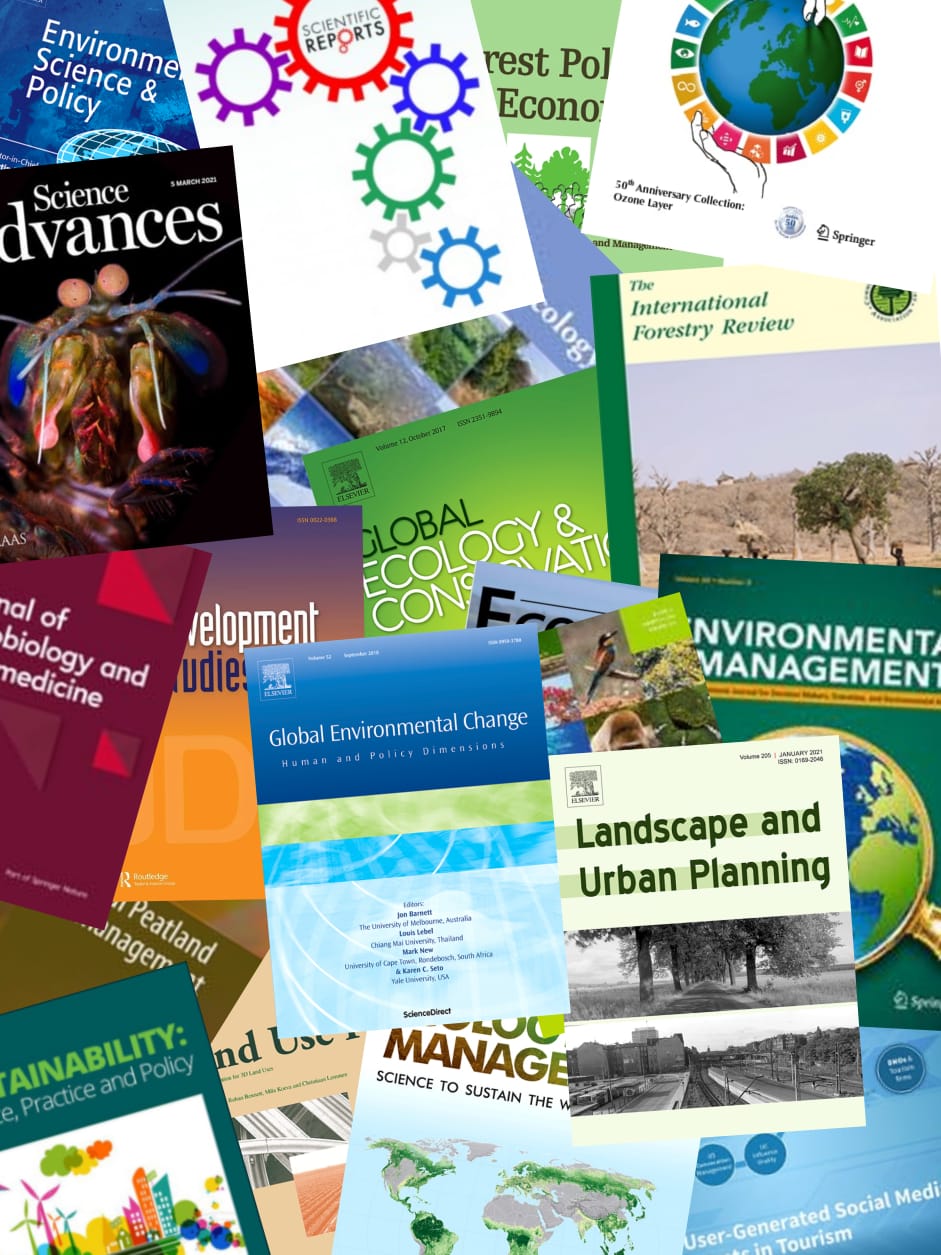Forest resource is the important material foundation of national sustainable development. And it need to master the status and change of forest resource timely for reasonable exploitation of forest and its renewal. Laos is located in the heart of the Indochinese peninsular, in southeast Asia, latitude 14° to 23 °north and longitude 100°to 108°east, covered a total 236, 800 square kilometers, and country of nearly 6 million people. The forest of Laos dropped from close to two-third in the 1970's to less than half by the 1990's. This deforestation has been attributed to two human activities: a traditional of shifting cultivation or slash and burn farming, and logging without reforestation. Remote sensing and GIS are the most modern technologies which have been widely used in the field of natural resource management and monitoring. These technologies provide very powerful tools to observe and collect information on natural resources and dynamic phenomenon on the earth surface, and ability to integrate different data and present data in different formats. In this study, using forest cover map and Landsat 7 ETM data, we analyze and compare forest cover change from 1997 to 2002. And the maximum likelihood method of supervised classification was used to classify the remote sensing data, we processed Spectral Enhancement, including Normalized Difference Vegetation Index (NDVI),and re-classify data again base on Principle Components Analysis (PCA) and NDVI. © 2008 SPIE.
View source

